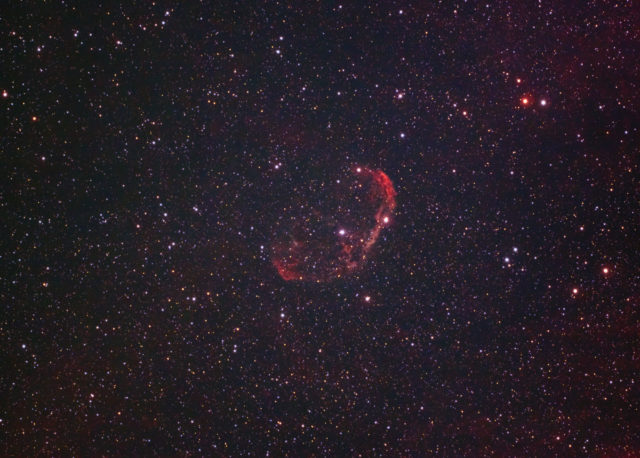
I think the last time I shot this was in 2014. This would be the first time imaging it with my new QHY183c camera. Not too bad for only 1.8 hours of exposure. Plus, it was very short 15 second sub-images, which kept the stars nice and tight.

I think the last time I shot this was in 2014. This would be the first time imaging it with my new QHY183c camera. Not too bad for only 1.8 hours of exposure. Plus, it was very short 15 second sub-images, which kept the stars nice and tight.
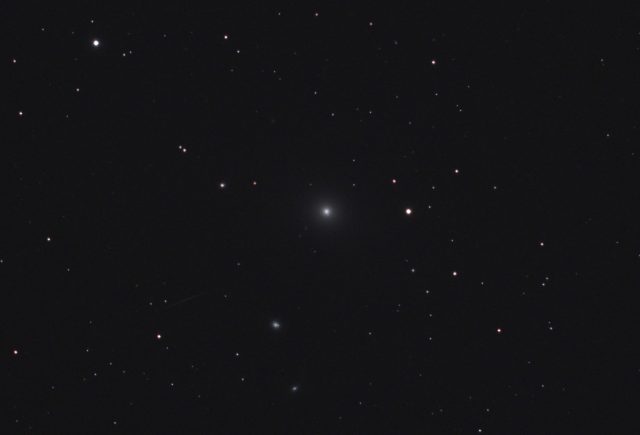
I’ve tried this before with little success, but this time the jet of M87 shows quite well in this nearly 1 hour exposure. The amount of energy to shoot out a jet this long is enormous!
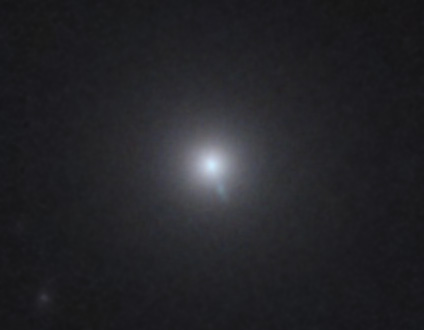
It even shows the characteristic blue color of the synchrotron radiation of electrons spiraling in a magnetic field.
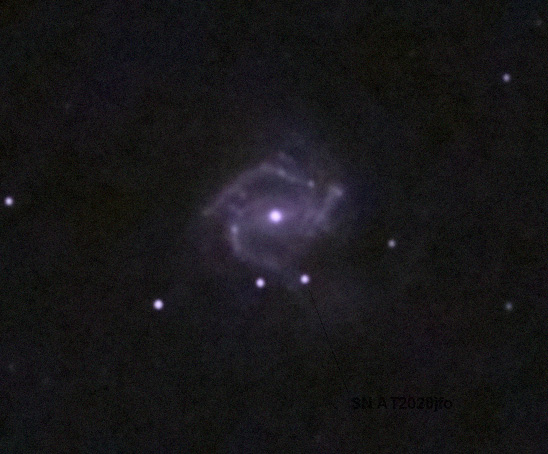
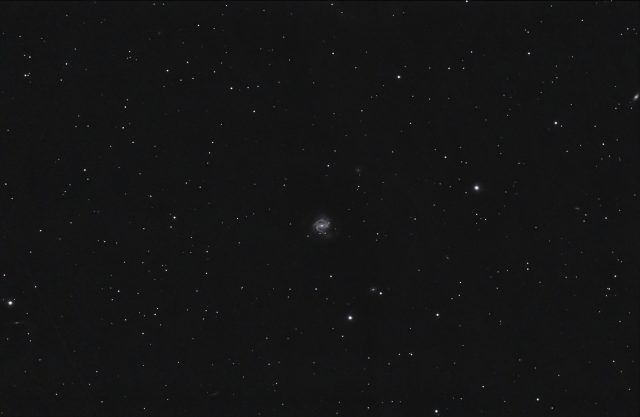
I imaged the galaxy above and the globular below on Sunday, May 10, 2020. Very nice weather that day and a pretty good evening, too. Being I had to work the next day, I cut the session short and only got data on two objects.
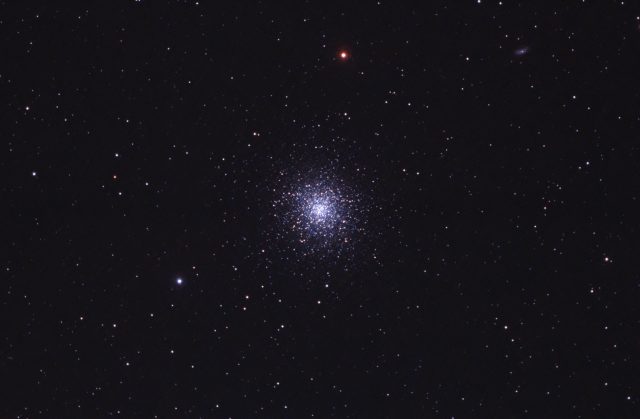
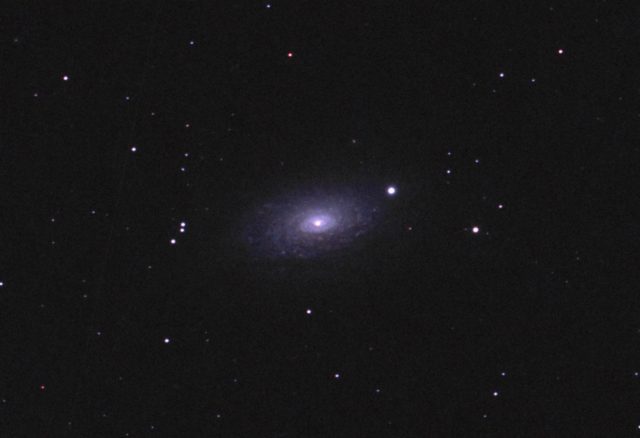
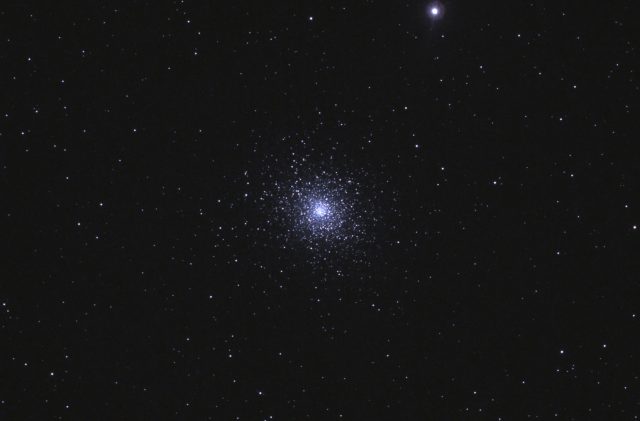
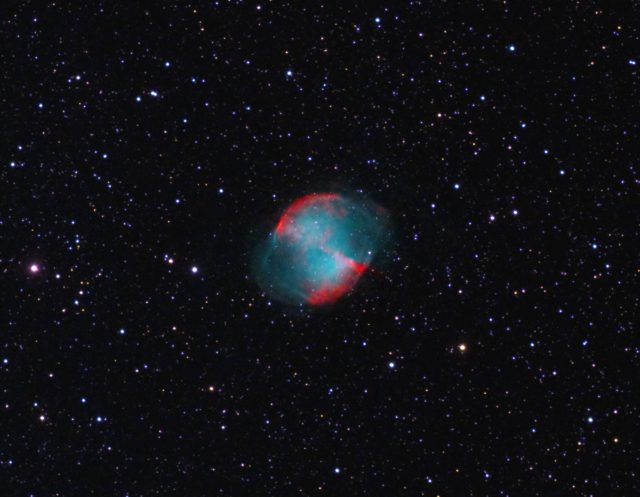
The Sunflower Galaxy was the second time this year for imaging it, so I combined the two data sets and got this detail view below. It is 3.77 hrs total time:
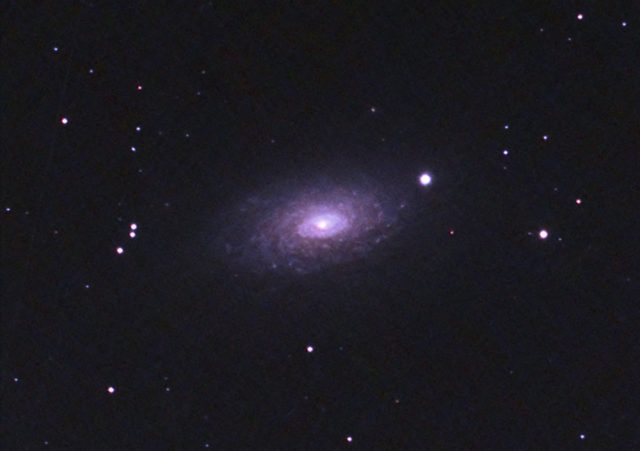
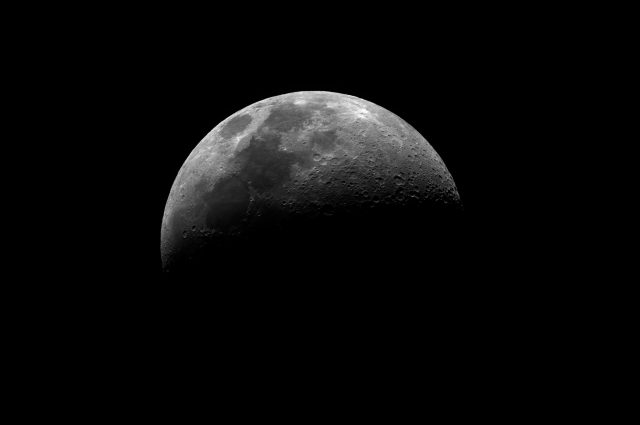
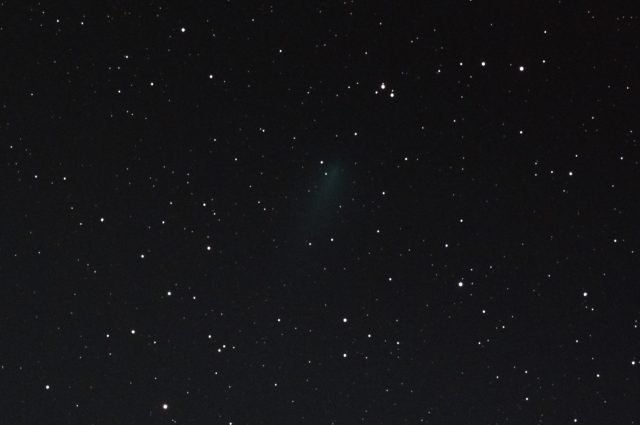
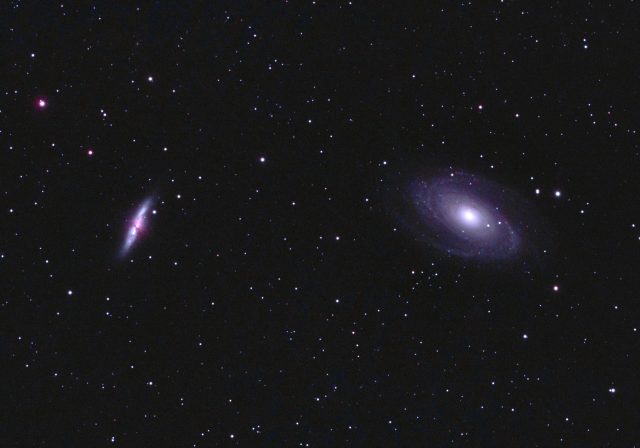
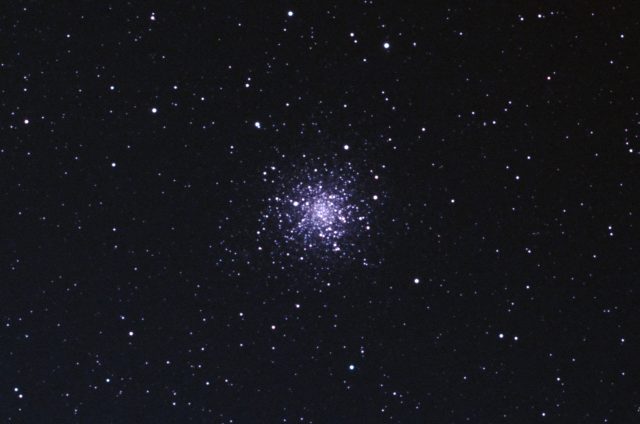
These are all the objects I managed to image on the night of Wednesday, April 29, 2020 and on into Thursday morning. SharpCap 3.2 LiveStacking with dark and flat calibration plus dithering was used for acquisition. Only minimal processing for all of these captures in Fitsworks and PS CS3.
I was trying not to waste a very clear evening after a storm had moved through earlier that day. Not too bad, I guess.
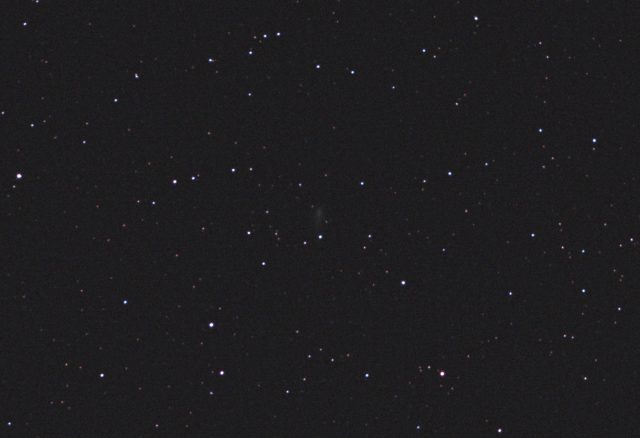
Looks like Comet ATLAS was a dud. It broke up into pieces after it had brightened much higher than predicted last month. The brightening and breakup so soon afterwards indicates a large release of material from inside the object as it cracked open, so to speak.
By the time I took this pic, there were at least 3 to 5 major pieces in a line and the out-gassing of volatiles available was over with. Just rock and dust was all that was left.
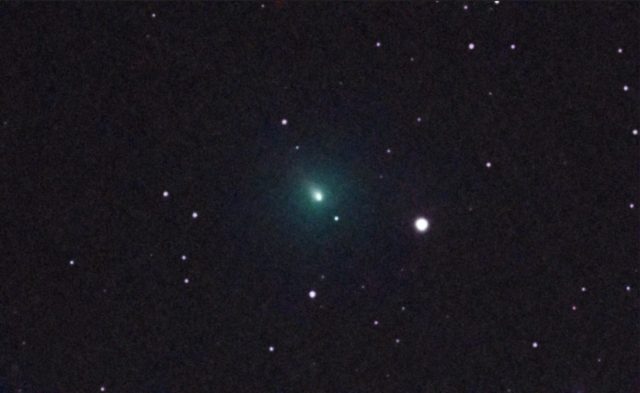
I fought clouds on Mar 27, 2020 and also two nights before that on Mar 25, 2020. The March 27th session produced this image. The image data from the 25th was not worth posting. This image, even though it is only a few minutes of exposure that I pieced together, was decent enough to post online. Better than nothing, I suppose.
I am hoping that better conditions are coming soon. I need to get a continuous set of sub-images for this comet instead of having to put together a hodgepodge of exposures taken between bouts of cloud cover.